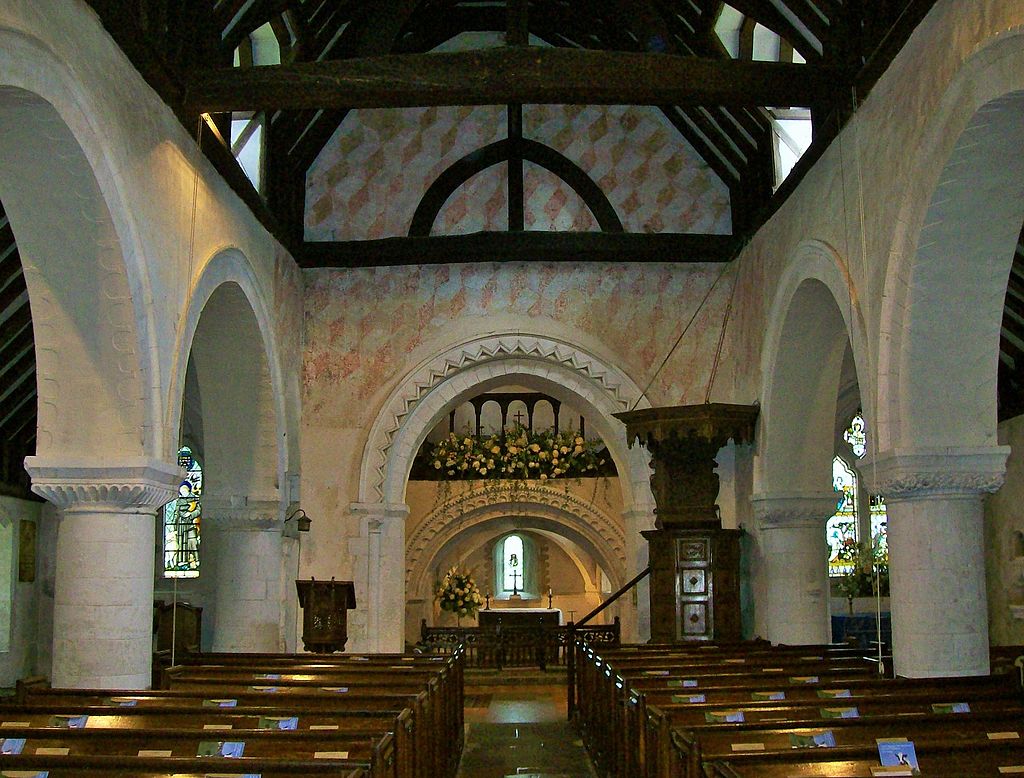Medieval Anchorites

In the third of the William Blackburne series of medieval adventures a spate of killings involving anchorites takes place. Many people confuse the terms anchorite and hermit. Although anchorites can be thought of as religious hermits there were some subtle differences. Most were required to take vows that tied them to one place. Many opted for permanent enclosure in cells attached to churches. Looking from a modern perspective it’s difficult to comprehend the attractions of being walled up for life in a small cell! Anchorites became widespread during the 13th and 14th centuries and in England it was not at all unusual for the local village church to have an anchorite cell built against one wall. The majority of anchorites, at least during the later middle ages, appear to have been female.
On becoming an anchorite, they were subject to a religious rite similar to that of a funeral. They became in effect dead to the world and often considered living saints. The typical size of the enclosure (cell) was 3.7 to 4.6 m (12 to 15 ft) square. Usually there were some small windows, one facing the outside for light, the others opening to the interior of the church. The anchorite could hear mass and receive communion via a shuttered window know as a squint. They could also provide counsel and spiritual advice through this window to visitors. Many anchorites gained a great reputation for wisdom over the years of their enclosure. One of the other interior openings would allow food and other items to be passed in and waste removed (A chamber pot being provided for bodily waste!)
Not every anchorite was confined to a cell. Some did have access to the church itself although their vows would probably exclude them from leaving the main building. The vows were for life and those who broke them and escaped or attempted to escape would be returned by force.To break their vows would also be to damn their soul to hell.
Perhaps the most famous English anchorite of the middle ages was Julian (or Juliana) of Norwich, also known as Dame Julian or Mother Julian. She wrote the earliest surviving book in the English language to be written by a woman, Revelations of Divine Love